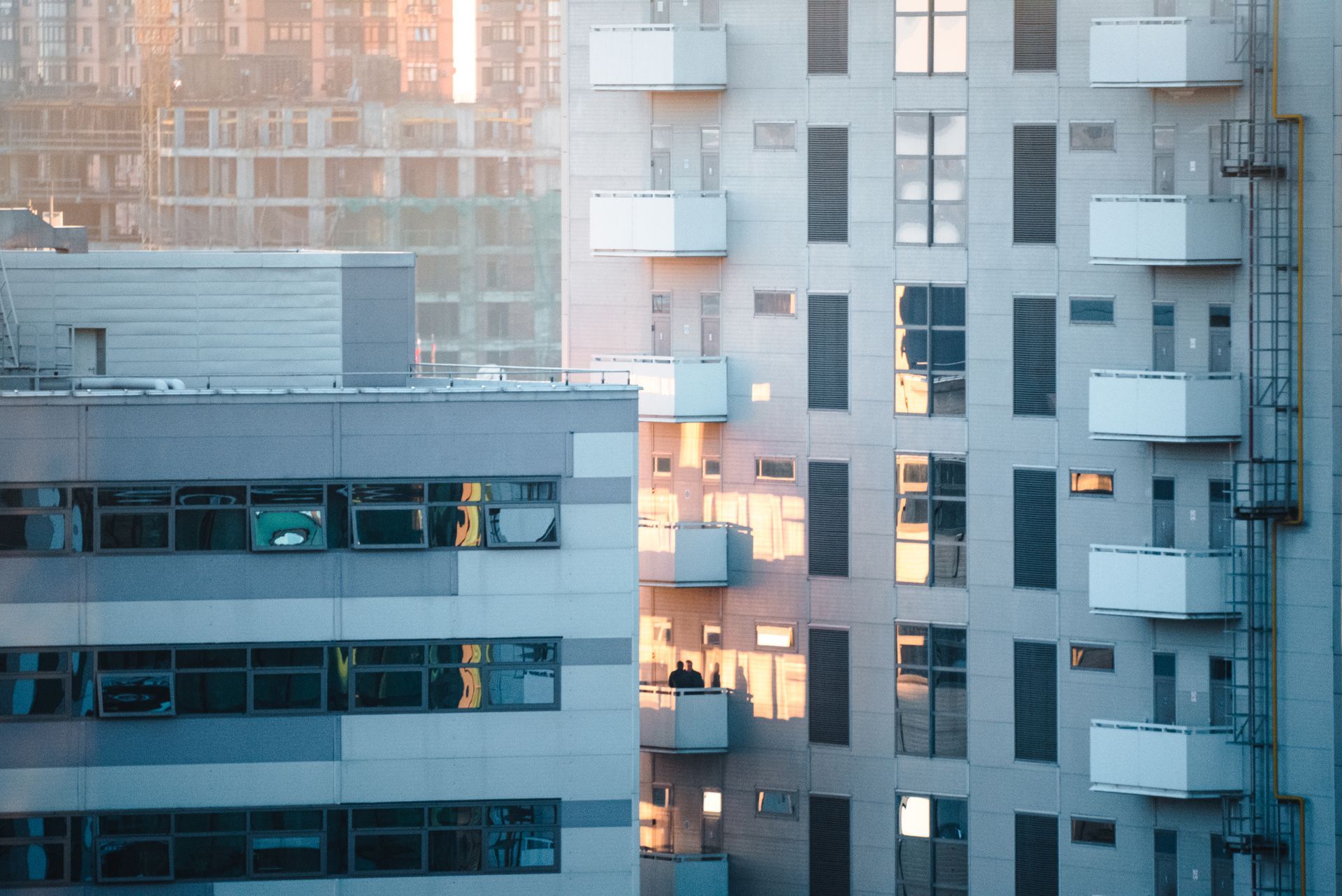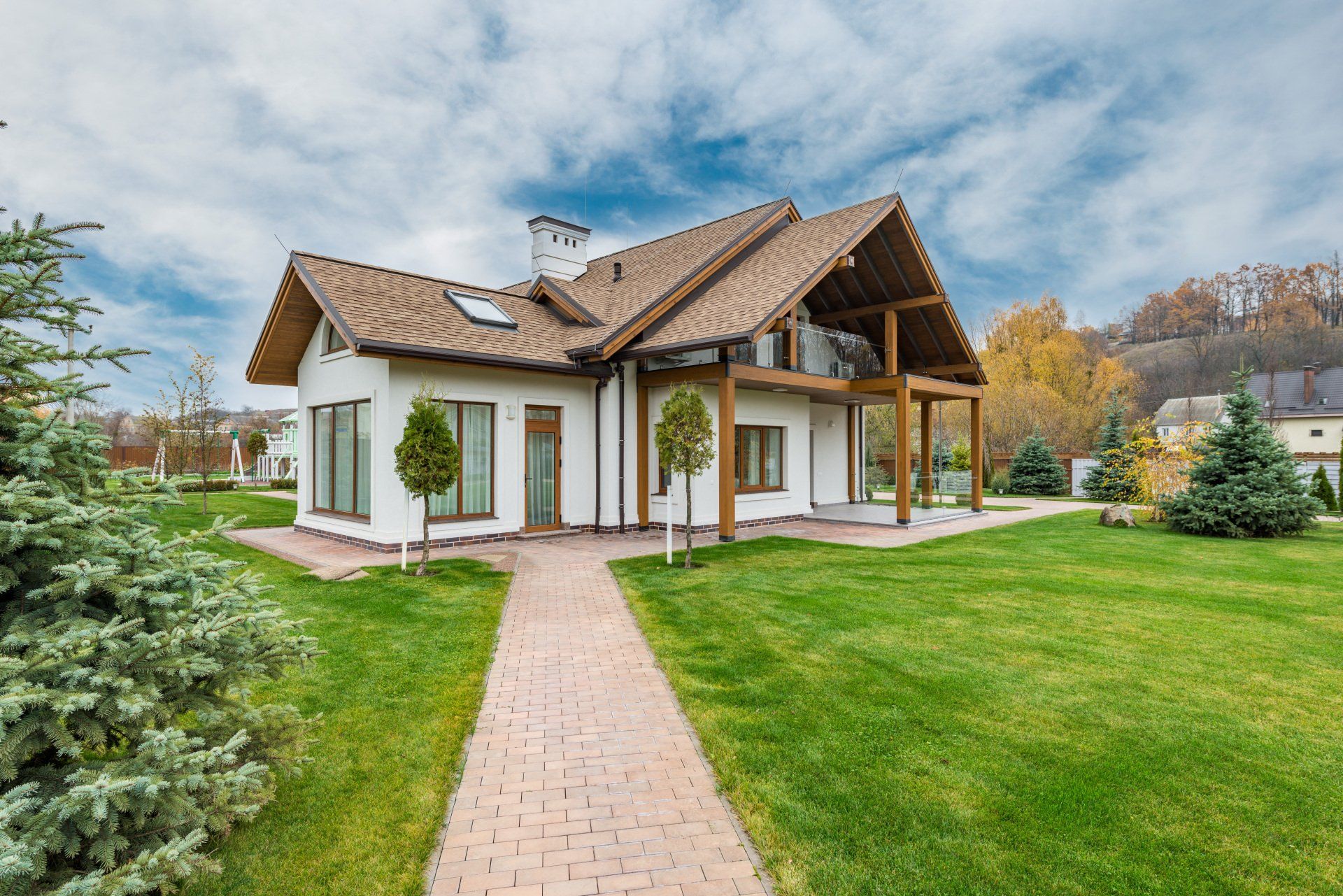Blog
Roofing Insulation: Should It Be Removed Before a Roof Replacement?
Thinking about a roofing repair? It might have you wondering what must be done to update every other part of your house, specifically the insulation and decking on your roof. Do you require replacing or repairing insulation before the roofing process begins? What exactly is a roofer's job? Let's explore these questions so that your roof replacement goes off with an explosion.
What Exactly Does a Roofer Replace?
So, do you need to take the insulation off before the project to replace it begins? Most likely not. If the decking of your roof, the layer beneath the shingles, is in good condition and has no obvious damages, your roofing contractor will probably leave it in place. If not, they'll tear away the asphalt and shingles and put the decking back intact.
The cavity insulation lies beneath the decking and against the roof's studs, as well as sheathing. There's no need to change the insulation in your attic unless there's some kind of damage to your decking. If that's the scenario, you'll have to replace the insulation after the roofer takes down those decking boards. Actually, houses with attics that are not finished may not have insulation on the rafters; instead, they are reliant on fiberglass batts and blown insulation that is installed between the floor joists. In any case, the insulation you have installed should remain unaffected while roofers do their work.
Some homes are equipped with insulated roofing systems, typically those with flat, low-slope or cathedral ceilings. In these cases, the construction company may have placed the rigid foam on top of the deck's sheathing. In this scenario, the roofer would expose the insulation once they took off the shingles.
But you do not have to be concerned about taking it off typically. Many roofers are aware of roofing insulation and will be aware of whether the rigid foam should be replaced.
Leaks Can Influence Your Roofing Insulation
When there is a leak or roof damage, it is usually the result. Even when you don't see leaks or other issues prior to your roof's re-roofing, when workers take off roofing shingles, they could expose moldy, decayed or cracked boards that require to be replaced.
If you've got a significant leak in your hands, it's likely that water has gotten into the insulation. The moisture in the fiberglass insulation is a serious threat to its thermal characteristics. The water molecules will replace the air pockets in between each glass piece. This can cause the growth of mold or even lessen the effectiveness of your insulation. Therefore, if the fiberglass batts you have purchased are damp, then a complete replacement could be required.
In reality, if your roofer notices that the growth of mold has gotten beyond your decking and into the interior and walls, it is possible that they will recommend more drastic measures; for instance, hiring a mold remediation firm. In most cases, however, there are other indicators of an issue as serious as this.
Your roofer could check the boards and observe that they're bouncy and light, an indicator that you've got 3/8-inch plywood laid onto your roof. In the past, builders believed 3/8 inch to be a good amount of decking. However, nowadays, roofers choose boards that are 1 1/2 inch or 5/8 inch, which means that the roof is stronger. If your roofer finds old boards, they could suggest replacing them.
In this scenario, the roofer will take away the decking components that require repairs and replace them with new ones. If they do this, it's possible that you'll have to install fresh fiberglass batts or rigid insulation or blown-in insulation once the roof is re-roofed.
Your Roofing Replacement Is a Wonderful Time for Roof Insulation
If you require roofing or attic insulation, then your new roof is the best time to get it done! This is particularly true when you're installing rigid foam insulation. In this case, you'll need to withdraw the shingles in order to get access to the sheathing in any case. In some instances, roofing contractors have been known to assist by blowing in insulation. They can simply take a section of decking and then pull the hoses up from the roof's top and stop the insulation from being tracked throughout the house on the inside. It's always worthwhile to inquire with your roofer about the extent of their offerings.

FOLLOW US
Tough Roofing Victoria, BC



